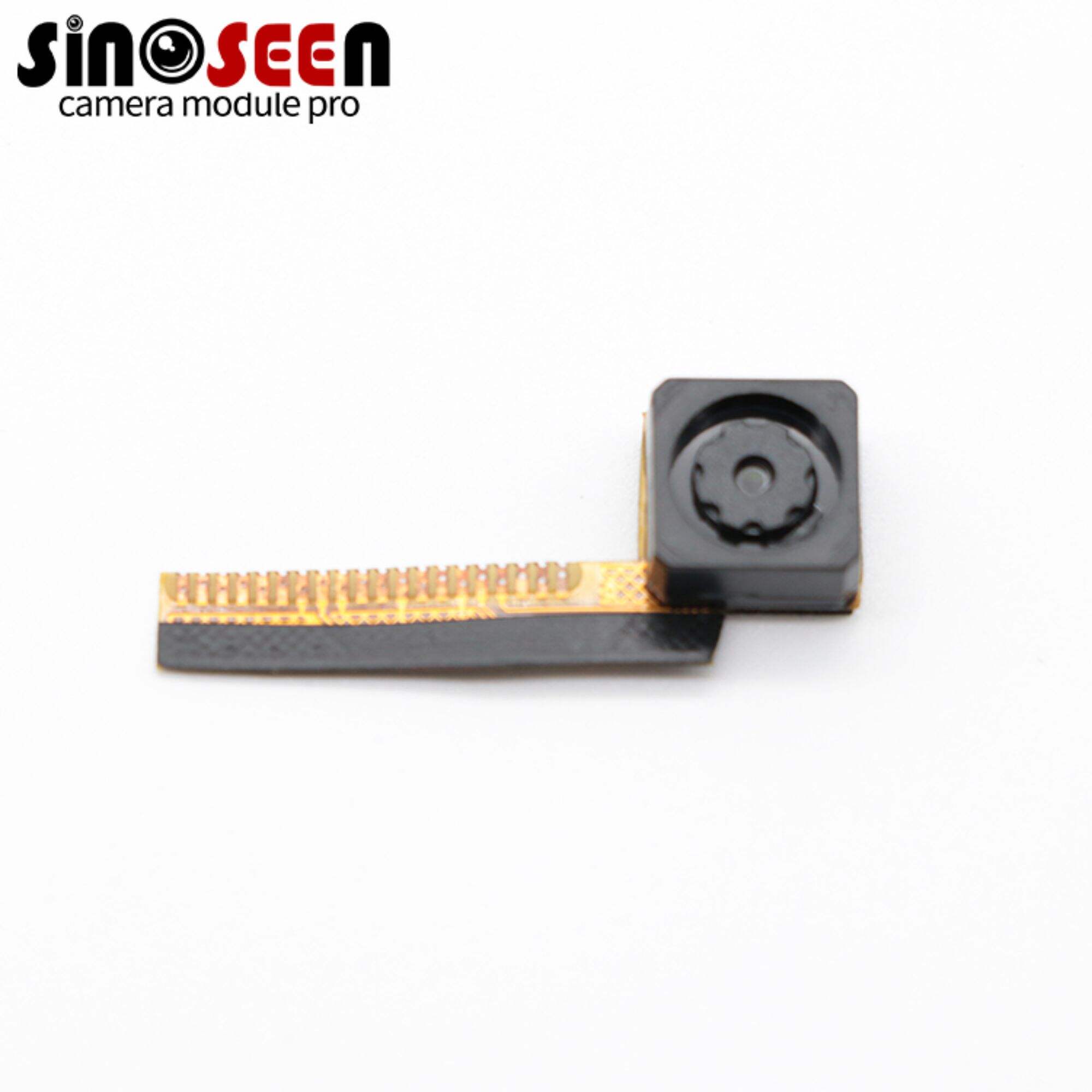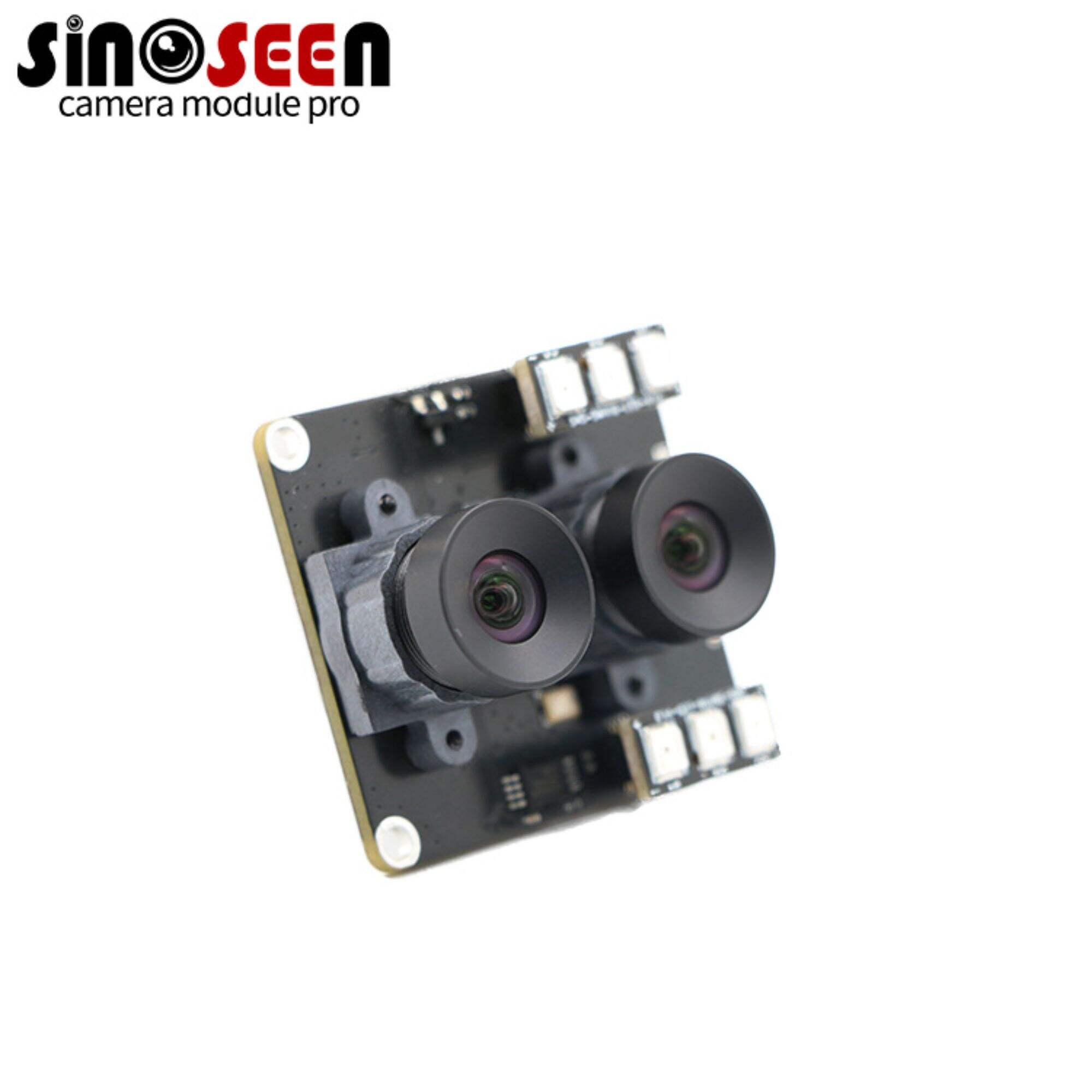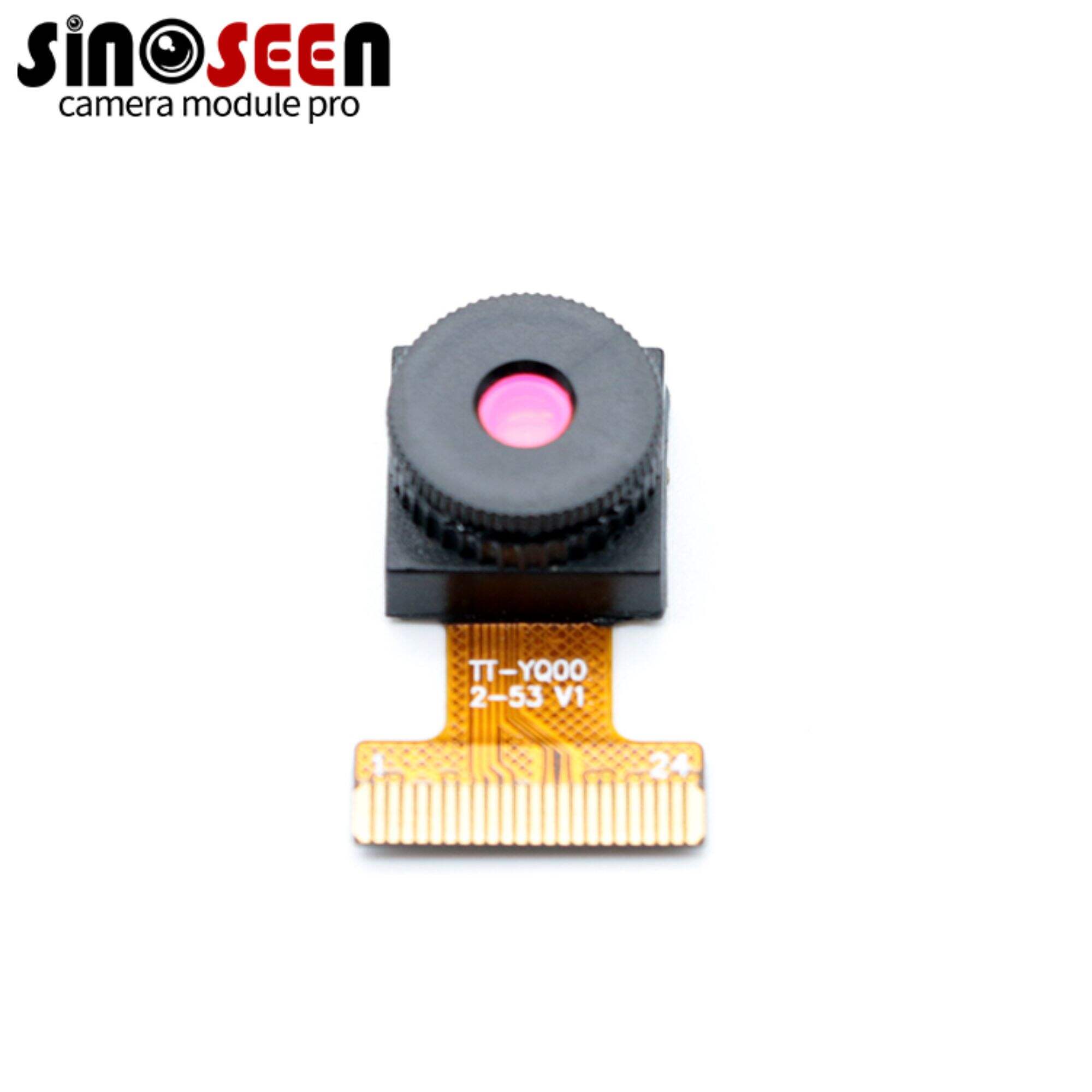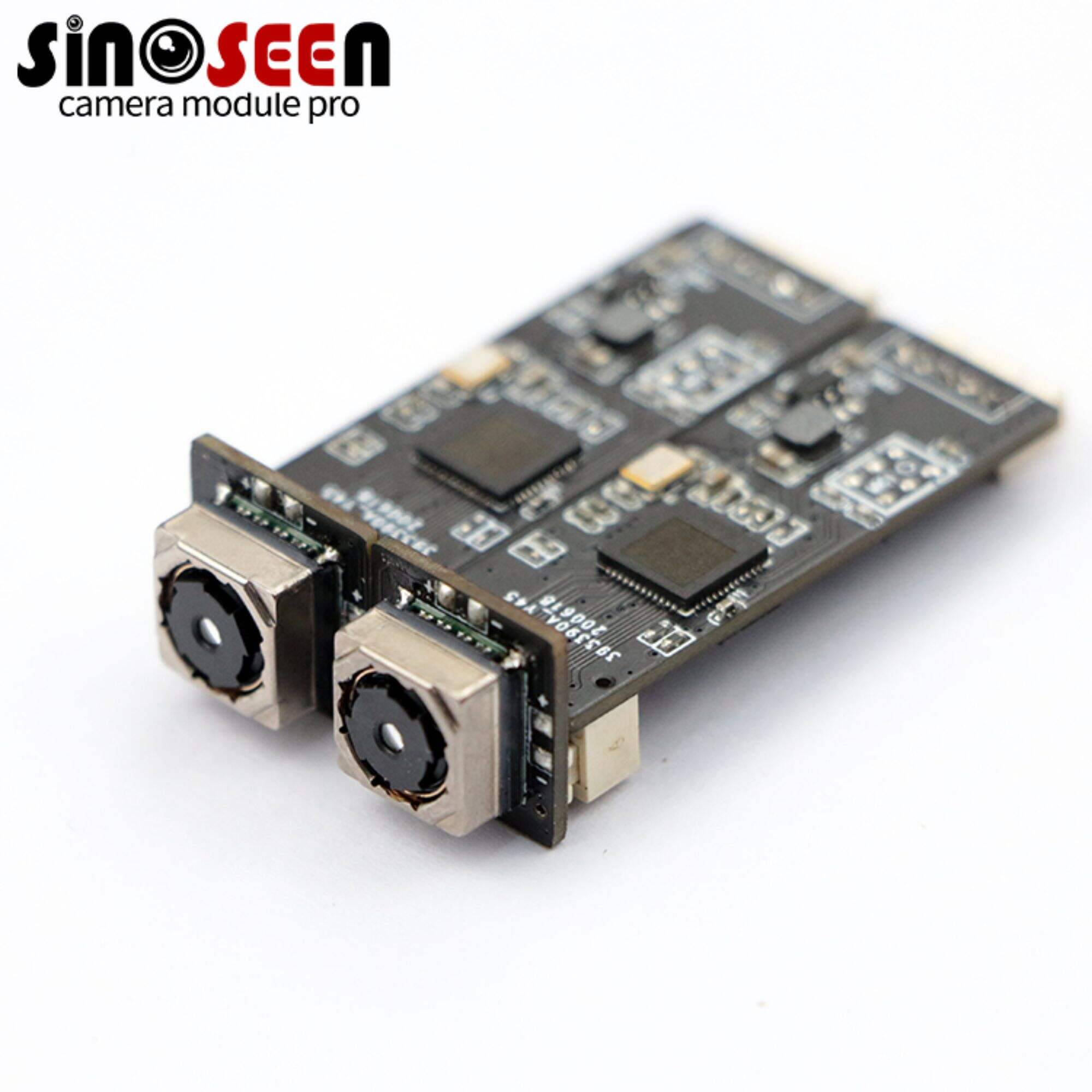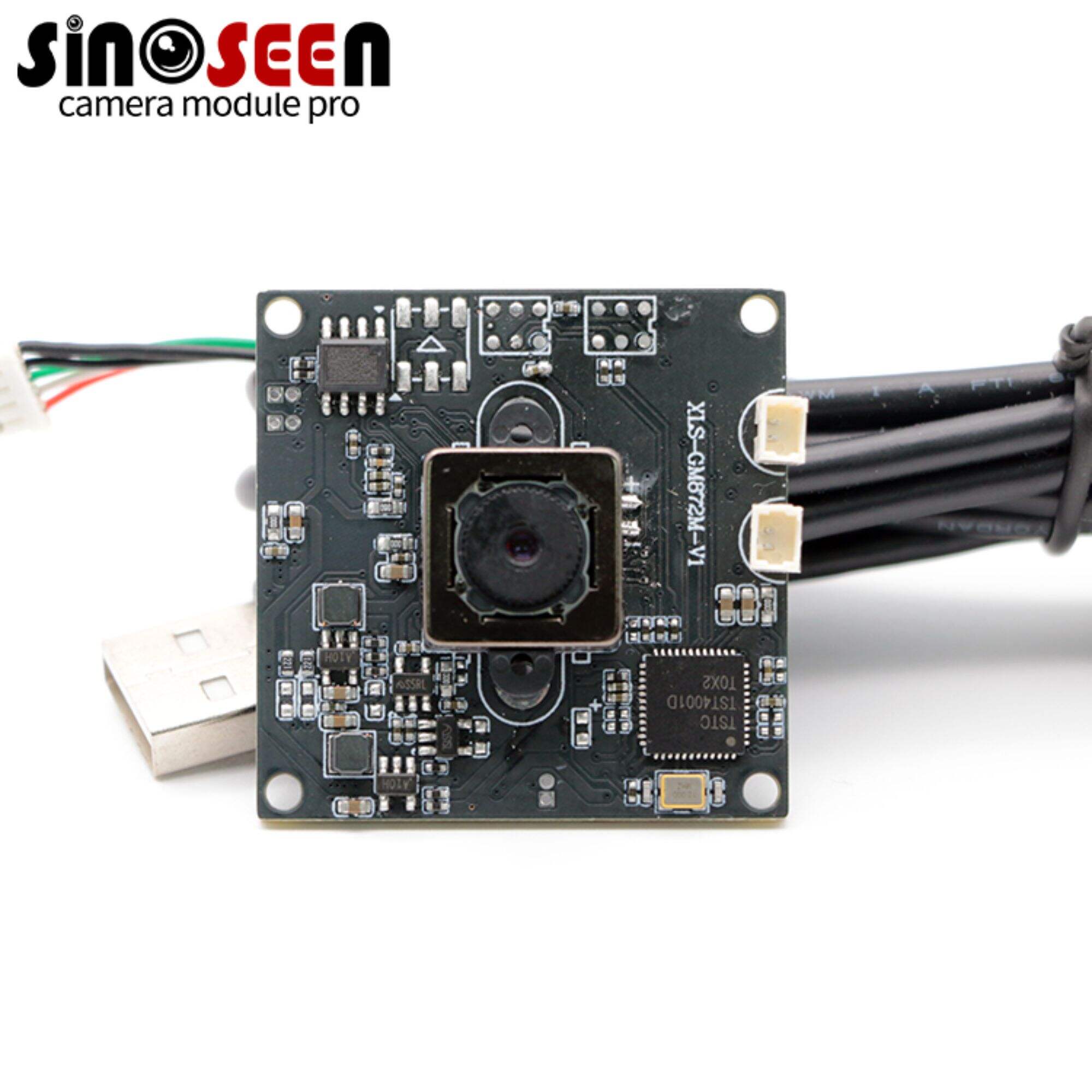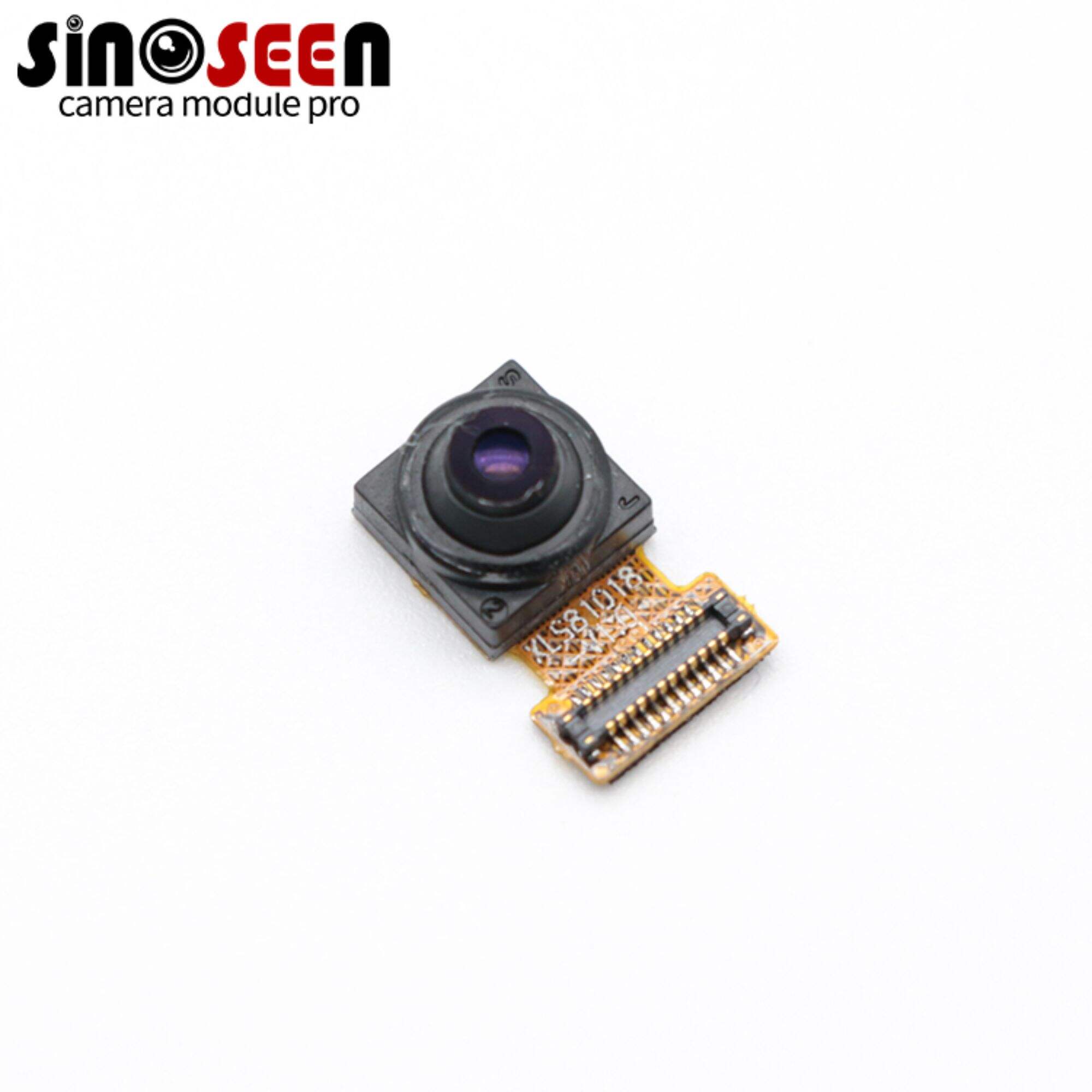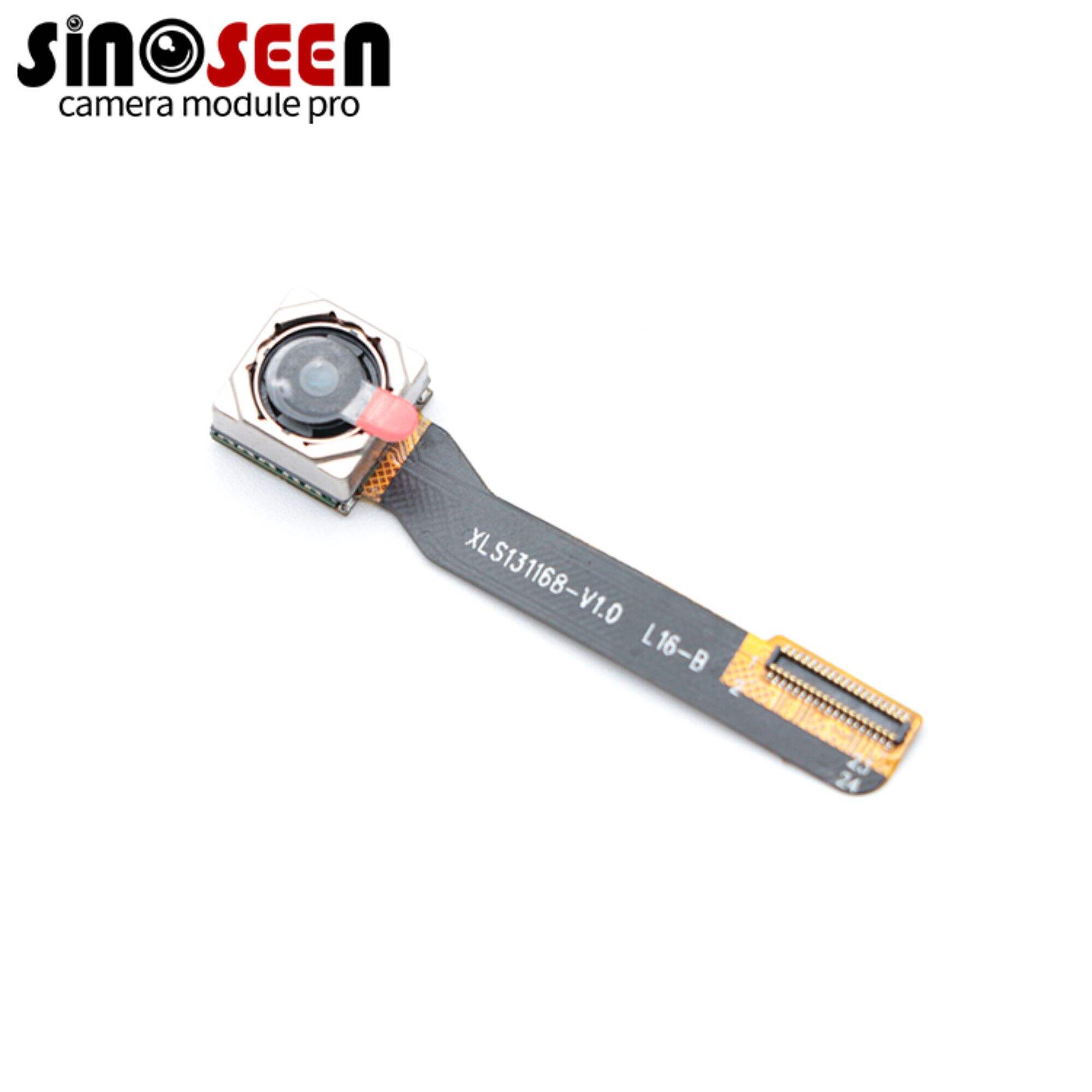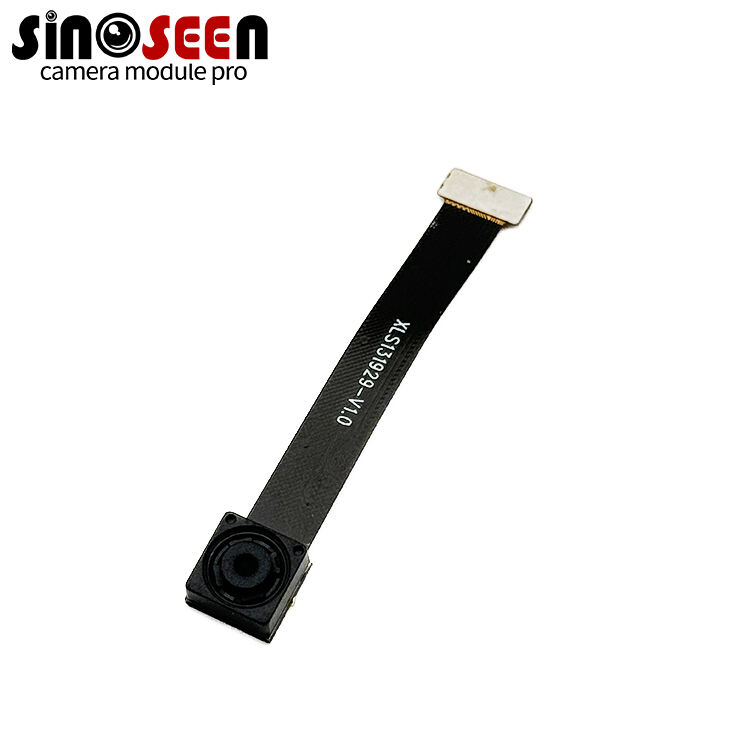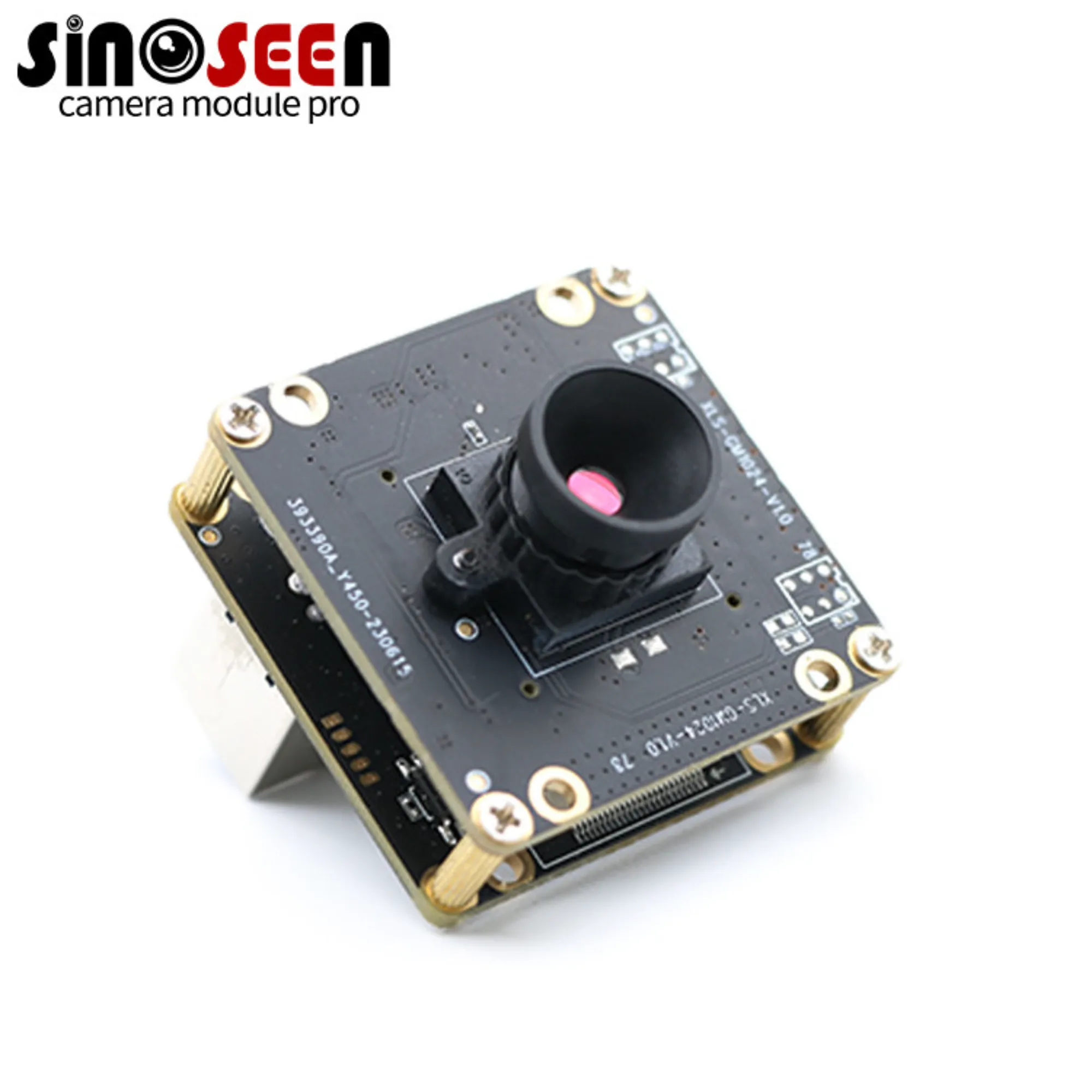What does a polarizing filter do to light in camera module?
About polarizing filter
We understand that light travels in the form of waves whose vibrations occur perpendicular to the direction of travel. During this process of reflection light becomes polarized meaning that the waves of light are oriented in one. This polarized light can lead to the presence of glare or intense reflections which is a barrier to a clear shot. A polarizing filter is a device in photography that eliminates this excess reflected light by filtering out the most polarized light from the scene.
The functionality of polarizing filters
Every polarizing filter contains a unique material, either crystalline material or film, which has a grid pattern at microscopic level. Such light is referred to as transmission or wave that is aligned with the grid plane and is usually blocked. These wave phenomena were born to pass when they are electrically or magnetically perpendicular to the grid plane and the wave orientated along the grid plane dissipates. Where the filter is rotated to is now up to the users since the grid is also rotated within the filter.
Polarizing filters in camera modules
Glare and reflection reduction
One of the most common applications of a polarizing filter is minimization of glare and reflection from relatively non-metal sources such as water, glass or even a leaf surface. This proves to be particularly effective in landscape and outdoor photography where details are often compromised by symmetric reflections reducing the quality of an image.
Fostering aids of color saturation and contrast
The other characteristics enhancing the image generated include polarizing filters that tend to reduce polarized light reflecting within the image producing more contrast and vividness. For instance, skies get a shade bluer, clouds become whiter and foliage, greener. The effect is moot, especially when the sun is bright; rather, on brightly sunny days.
Clarity improvement within images
Polarizing filters are also known to enhance image clarity since haze (which is due to atmospheric scattered light) is minimized through the use of these filters. This is key to landscape photographers who want their distant images to be sharper and clearer too off which is often the case.

How to choose the most appropriate polarizing filter for your camera module
Compatibility
It will be considerate to make sure looking the filter at camera module that fits correctly in to the camera module. There are many different filter with varying filter thread for different lenses, therefore you should find the specifications of your lens before buying a filter.
Rationale of the filter
When you acquire a higher quality polarizer, it will certainly hold glass clear images without altering their colour. When looking to buy a tint like our Sinoseen you are assured of a filter that works through different lights.
Circular vs. linear polarizers
Most contemporary digital cameras utilize circular polarizer CPL. A linear polarizer and a circular polarizer may be utilized to minimize destruction and reflections; nevertheless only a circular polarizer enables the autofocus and metering functions of the camera.
Integrating a polarizing filter into your camera module configuration can be a great enhancement in your “tool box” since it enables you to maximize the use of negative light. Whether it be for landscapes, nature or any other scene generally becoming troublesome due to glare and reflections, a polarizing filter has never failed. Understand the working specific of the use of polarizing filters and select accordingly to enhance general photography by producing better quality in terms of clarity, colors and depth.

 EN
EN
 AR
AR
 DA
DA
 NL
NL
 FI
FI
 FR
FR
 DE
DE
 EL
EL
 HI
HI
 IT
IT
 JA
JA
 KO
KO
 NO
NO
 PL
PL
 PT
PT
 RO
RO
 RU
RU
 ES
ES
 SV
SV
 TL
TL
 IW
IW
 ID
ID
 SR
SR
 VI
VI
 HU
HU
 TH
TH
 TR
TR
 FA
FA
 MS
MS
 IS
IS
 AZ
AZ
 UR
UR
 BN
BN
 HA
HA
 LO
LO
 MR
MR
 MN
MN
 PA
PA
 MY
MY
 SD
SD

